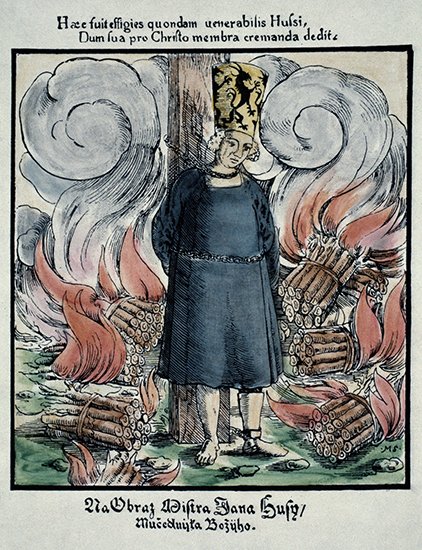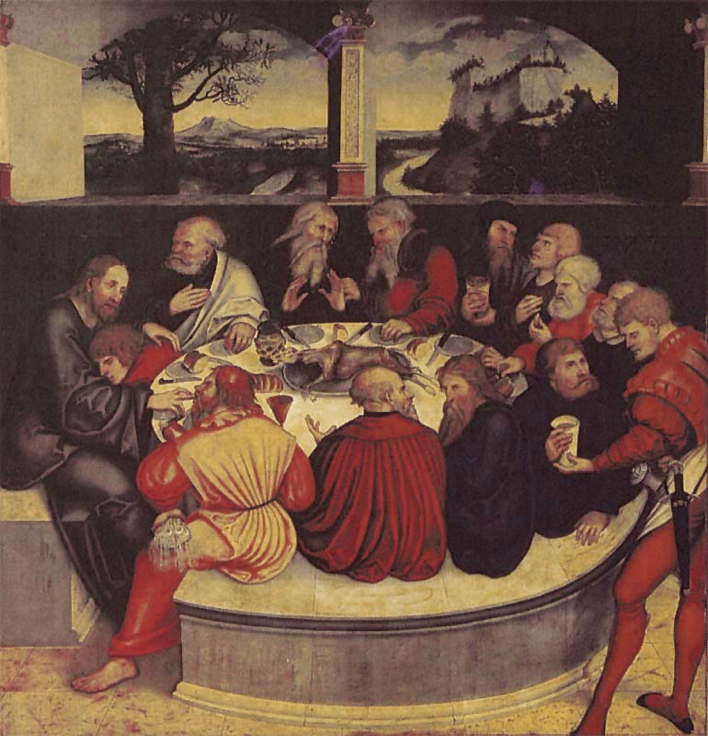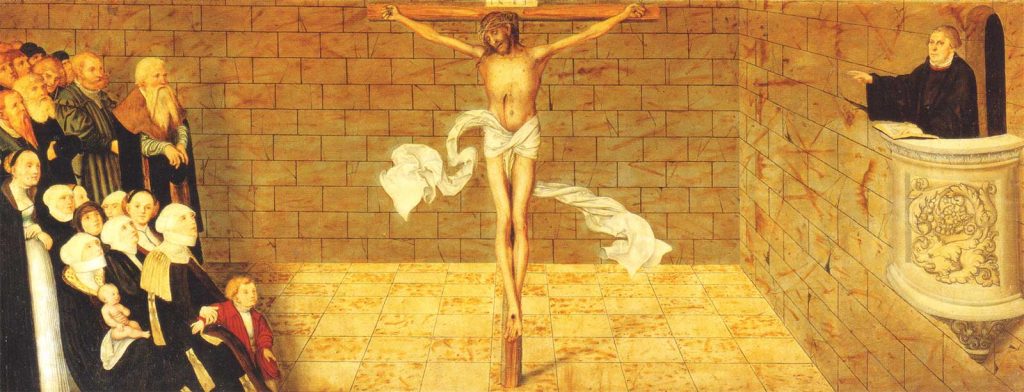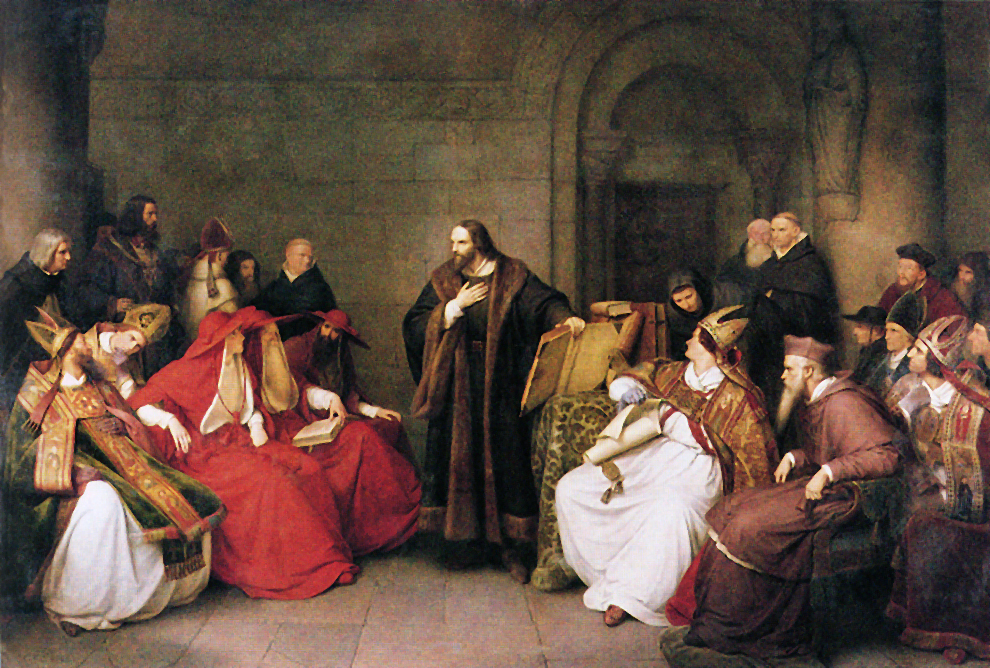
Who is Wycliffe and Hus?
What is known as the “Protestant Reformation Era” in 16th century Europe, is typically attributed to Martin Luther (1483 – 1546). But prior to Luther there were pre-reformers that started to question the Papacy, in particular John Wycliffe from Yorkshire England (1300 -1384 ) and Jan Hus from Husinec, Bohemia (1369-1415). John Wycliffe was a highly respected theologians that had studied at Oxford, Europe’s most well respected University at the time. He questioned the Roman Catholic Church and their governing power. He started to identify the churches sense of divine rights and discrepancies between their behaviour and Bible scripture, in fact Whycliffe is accredited with being the first to translate the Bible with the intention to provide public access to the literature. Whycliffe fought against the Papacy and had a firm belief that there should be a divide between church and state. Although he later retired in his former years his teachings continued to spread throughout Europe and a following was later developed with the help of a priest in Prague.

John Hus (1369-1415) was a Preacher at University of Prague and “leader of the Czech reform party”(Cohn-Sherbok, Lavinia). At that time, he had students coming from Oxford University, showcasing the works of Whycliffe. His controversial teachings intrigued Hus, and he continued the fire of church reform and identifying the injustices of selling indulgences, while having to live in exile for his heretic nature.
During the Middle Ages the clergy were authorized by the Catholic Church to absolve penitents from the guilt of his sins and from punishment in the inferno of the hereafter, but it did not absolve them from doing penance on earth as a result of their sins. Indulgences did just that, they were sold by the Church so the sinner would not have to do penance, at the same time diminishing the time period that the sinner was to suffer in purgatory for remission of his sins. It was a well thought policy by the Church to increase its coffers. In 1414 Hus was invited to the Council of Constant, a Ecumenical council, where his attendance was only secured under the promise of “safe conduct” from the Emperor. Three weeks later he was imprisoned and acclaimed the “greatest Heretic of all history”. Shortly after he was tried and burned at the stake.


The Beginning of Protestant Reformers
Luther continues and accelerates what has been instigated by Whycliffe and Huss, he starts a denomination in the church. One of the reasons Luther was able to progress was due in great part to his defender the Elector of Saxony, Frederick III, who sponsors and protects Luther. Martin Luther so much decried the selling of indulgences as he did the libertine lifestyle he found among the princes of the Church: Cardinals, bishops and other high members of the clergy when visiting Italy. He opposed the Holy See’s spiritual power to remit sins and soon his religious ideas moved him away from the official tenets of the Church. This brought him to nail his “95 Theses” on the door of the Castle Church at Wittenberg on November 1, 1517. The idea that salvation could be reached through faith and divine grace only and the primacy of the Bible rather than Church officials as the ultimate religious authority were part of those Theses. Their impact transformed for ever the spiritual/religious scene of the times and offered the believer a new interpretation of Christian theology, until then monopolized by the Catholic Church. His unsuccessful attempt to reform the Church created the ground for a new Christian faith.
Throughout his life he published numerous books and tracts: ‘A Treatise of Christian Liberty’, ‘On Monastic Wows’, ‘Dialogue’ among others, that the Church publicly burned after finding their content heretic and disrespectful to the Holy See. He established the tenets of the Lutheran faith. He ordained the first Lutheran minister in 1525. Luther influenced new religious faiths; Lutherans, Calvinism, Hussite.

Sources:
The Reformation: Shattuck, Gardiner H., Jr. “Reformation.” Encyclopedia of American Religious History, edited by Edward L. Queen, et al., Facts On File, 4th edition, 2018. Credo Reference, https://ezproxy.capilanou.ca/login?url=https://search.credoreference.com/content/entry/fofr/reformation/0?institutionId=6884. Accessed 10 Oct. 2020.
Elector of Saxony, Frederick III: Spalatin, Georg. (2017). In Encyclopaedia Britannica, Britannica concise encyclopedia. Britannica Digital Learning. Credo Reference: https://ezproxy.capilanou.ca/login?url=https://search.credoreference.com/content/entry/ebconcise/spalatin_georg/0?institutionId=6884
John Whycliffe:
“Wycliffe, John (c. 1330 – 1384).” Who’s Who in Christianity, Routledge, Lavinia Cohn-Sherbok, Routledge, 2nd edition, 2001. Credo Reference, https://ezproxy.capilanou.ca/login?url=https://search.credoreference.com/content/entry/routwwchr/wycliffe_john_c_1330_1384/0?institutionId=6884. Accessed 10 Oct. 2020.
“John Wycliffe The Forerunner Of The Reformation Religion Essay.” ukessays.com. 11 2018. UKEssays. 10 2020 <https://www.ukessays.com/essays/religion/john-wycliffe-the-forerunner-of-the-reformation-religion-essay.php?vref=1>.
Luther:
Wengert, Timothy J. “Luther, Martin.” Cambridge Dictionary of Christian Theology, edited by Ian A. McFarland, et al., Cambridge University Press, 1st edition, 2011. Credo Reference, https://ezproxy.capilanou.ca/login?url=https://search.credoreference.com/content/entry/cupdct/luther_martin/0?institutionId=6884. Accessed 10 Oct. 2020.
Durant, Will ‘The Reformation’, A History of European Civilization Simon and Schuster, 1957
The Gospel Coalition, www.thegospelcoalition.com
John Hus: “Hus, John (1373 – 1415).” Who’s Who in Christianity, Routledge, Lavinia Cohn-Sherbok, Routledge, 2nd edition, 2001. Credo Reference, https://ezproxy.capilanou.ca/login?url=https://search.credoreference.com/content/entry/routwwchr/hus_john_1373_1415/0?institutionId=6884. Accessed 10 Oct. 2020.
A copy of the “95 Theses” https://www.luther.de/en/95thesen.html
Photographs:
The Last Judgement, fresco by Michelangelo, 1533–41; in the Sistine Chapel, Vatican, Rome https://www.britannica.com/topic/predestination#/media/1/474519/68765
Jan Hus
Jan Hus at the stake, coloured woodcut from a Hussite prayer book, 1563. Media Title
Encyclopaedia Britannica https://www.britannica.com/biography/Jan-Hus/images-videos#/media/1/277400/75633
Luther:
The Wittenberg Altarpiece; Martin Luther preaching in the parish church of Wittenberg. Nobel, Bonnie. “The Wittenberg Altarpiece: Communal Devotion and Identity.” Chapter Three to Lucas Cranach the Elder: Art and Devotion of the German Reformation, 97-137. N.p.: University Press of America, 2009.
